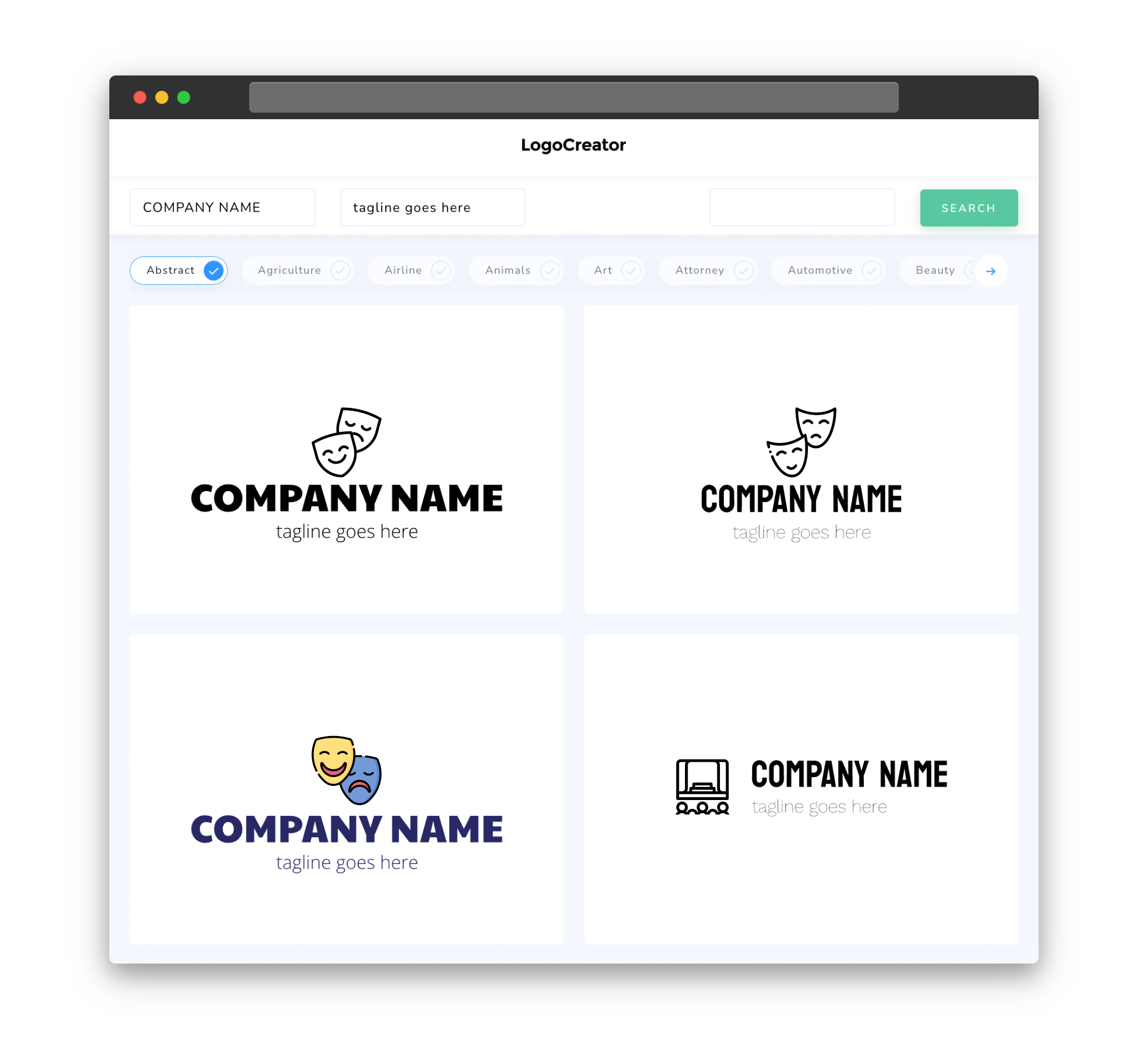Audience
When it comes to creating a logo for your performing arts organization, it’s essential to consider your target audience. Whether you’re a theater company, dance troupe, or music group, your logo should resonate with your audience and convey the essence of your unique performing arts style. A visually captivating logo will not only attract the attention of potential audience members but also create a memorable brand identity for your organization. By understanding your audience’s preferences and incorporating their interests into your logo design, you can establish a strong connection that will entice them to engage with your performances and events.
Icons
Icons play a crucial role in performing arts logo design as they visually represent the nature of your organization. Incorporating recognizable symbols and imagery associated with performing arts can instantly communicate your focus and purpose. For theater groups, iconic elements such as a spotlight, stage curtain, or drama masks can convey the drama and excitement of live performances. Dance troupes can incorporate graceful silhouettes or ballet slippers to showcase their elegance and movement. Similarly, music groups can feature musical notes, instruments, or even a stylized conductor’s baton to represent their musical prowess. By carefully selecting and customizing these icons, you can create a visually compelling logo that captures the essence of your performing arts group.
Color
Color selection plays a vital role in performing arts logo design as it sets the tone and evokes emotions. Different colors have the power to convey various moods and associations, making it crucial to choose shades that align with your organization’s identity. Vibrant colors like red, orange, or yellow can convey energy, excitement, and passion, making them suitable for theater and dance groups. Softer hues like pastels or blues can portray elegance and harmony, making them ideal for classical music organizations. Additionally, you should consider the color psychology and cultural associations of each shade to ensure it resonates with your target audience. Experimenting with different color combinations will help you create a visually striking logo that captures the essence of your performing arts organization.
Fonts
Selecting the right font is essential in creating a performing arts logo that represents the tone and style of your organization. The font should reflect the artistic and expressive nature of the performing arts while remaining legible and visually appealing. Consider using elegant and curvaceous fonts for dance companies, as they can portray grace and fluidity. For theater groups, bold and dramatic fonts can capture the spirit of the stage and captivate audiences. Music organizations can opt for stylish and harmonious fonts that evoke a sense of rhythm and melody. It’s important to strike a balance between uniqueness and readability to ensure your logo effectively communicates your performing arts brand.
Layout
The layout of your performing arts logo should be carefully crafted to create visual harmony and balance. A well-structured layout ensures that all the elements of your logo work together cohesively, leaving a lasting impression on your audience. Consider the positioning and arrangement of icons, text, and additional design elements to maintain a clean and organized aesthetic. Experiment with different compositions and proportions to achieve a visually pleasing logo that reflects your performing arts organization’s identity. Additionally, consider the versatility of the layout, ensuring it can be easily scaled for different mediums, such as websites, merchandise, and promotional materials.
Usage
Your performing arts logo is a versatile branding asset that should be utilized across various platforms and applications. It should easily adapt to different mediums and sizes while maintaining its visual impact and legibility. From digital platforms like websites and social media profiles to print materials such as posters, flyers, and merchandise, your logo should make a consistent and powerful impression. To ensure your logo is suitable for various formats, create different versions, including full-color, black and white, and grayscale variations. Additionally, consider creating a simplified version of your logo for small sizes or limited-color applications. By optimizing your logo’s usage, you can enhance brand recognition and establish a strong presence in the performing arts community.



